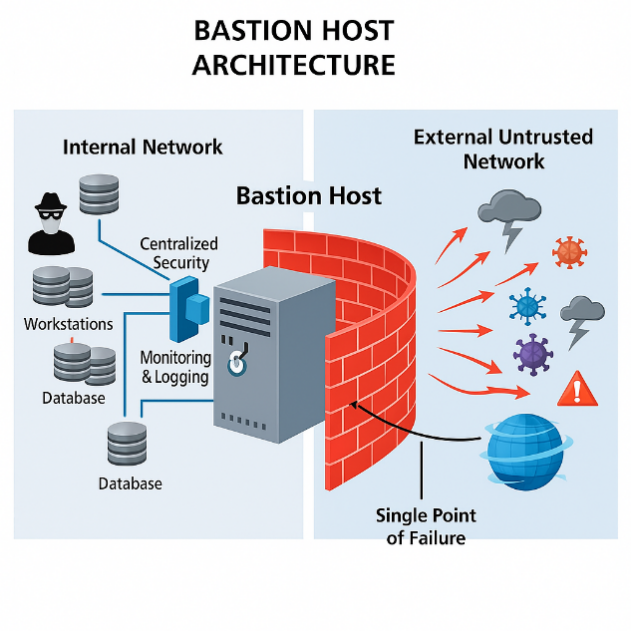EFFICACY AND LIMITATIONS OF FIREWALL CONFIGURATIONS IN PREVENTING NETWORK ATTACKS: A CONCEPTUAL REVIEW OF ARCHITECTURES AND RULE SETS
Abstract
Firewalls remain a central part of network security architectures, but their effectiveness is continually challenged by changing cyber threats and complex deployment settings. This conceptual review provides a full description of strengths and limitations of different firewall technologies, such as packet-filtering, stateful inspection, or next-generation firewalls (NGFWs) to combat modern network attacks. The study adopted a structured literature review methodology, analyzing peer-reviewed journal articles, conference papers, and authoritative reports published between 2010 and 2024 to identify key trends, challenges, and advancements in firewall research. This paper incorporates existing literature to investigate the relationship between firewall architecture, rule-set management and threat detection capabilities. The results revealed that while NGFWs are better defended against application-layer and encrypted threats by deep packet inspection (DPI), and intrusion prevention systems (IPS), they are much more complex than the NGFWs themselves are by providing much higher performance overhead and configuration complexity. It provides further work on the still significant issue of rule-set misconfiguration, as a source of security vulnerabilities, and new developments such as AI in adaptive security or Zero Trust architectures. This review concludes that a comprehensive approach to networking security consists of proper firewall technology combined with proper policy management and architectural best practices. Future research is designed to standardize AI-driven firewall evaluation and expand security frameworks in cloud-native and IoT environments

Published
How to Cite
Issue
Section
Copyright (c) 2025 Adamu Bashir Ismail, Mukhtar Ibrahim Hussaini, Suleiman Abba Abubakar, Abdulmalik Ahmad

This work is licensed under a Creative Commons Attribution 4.0 International License.




